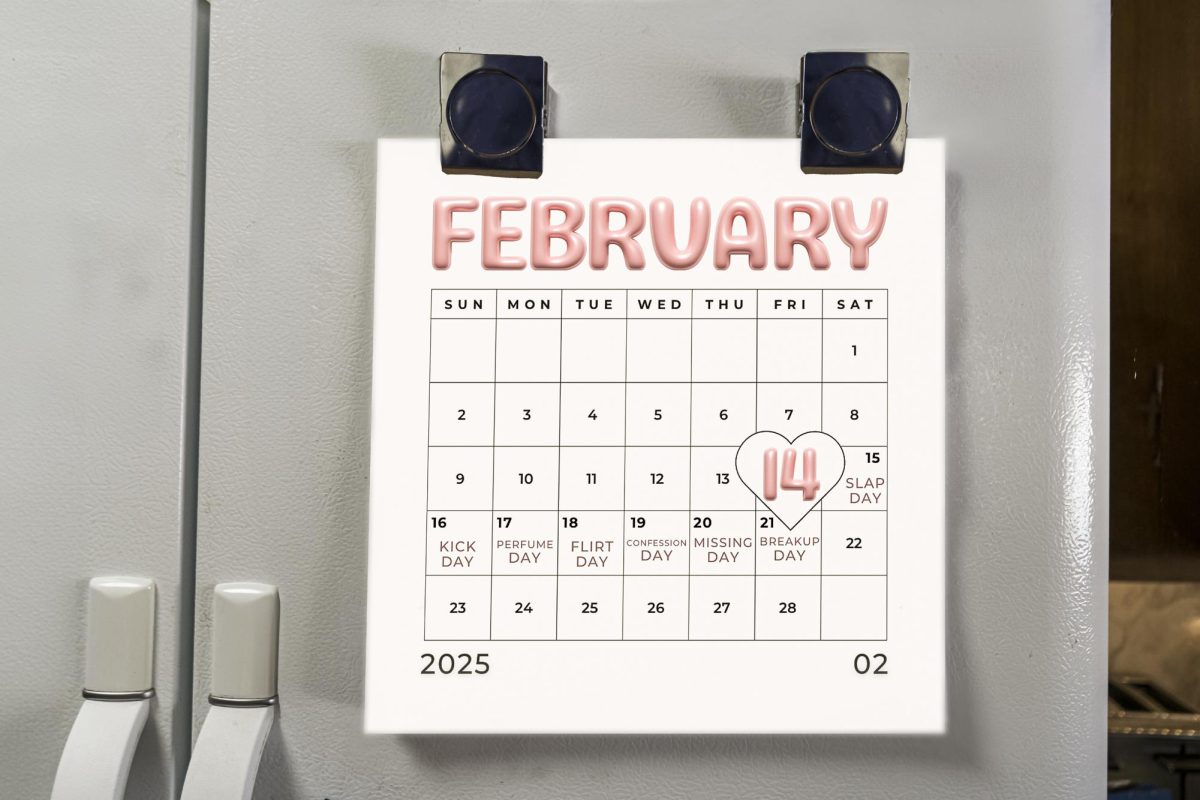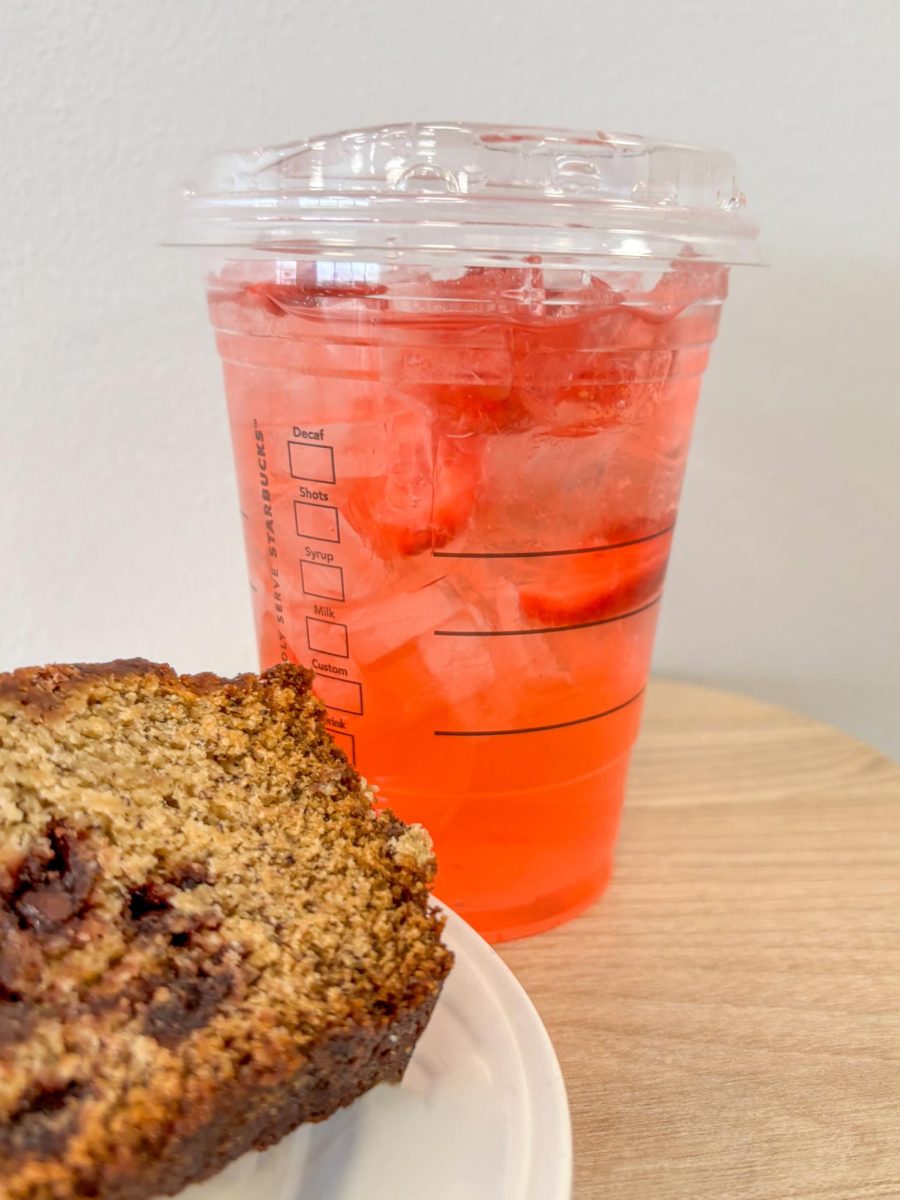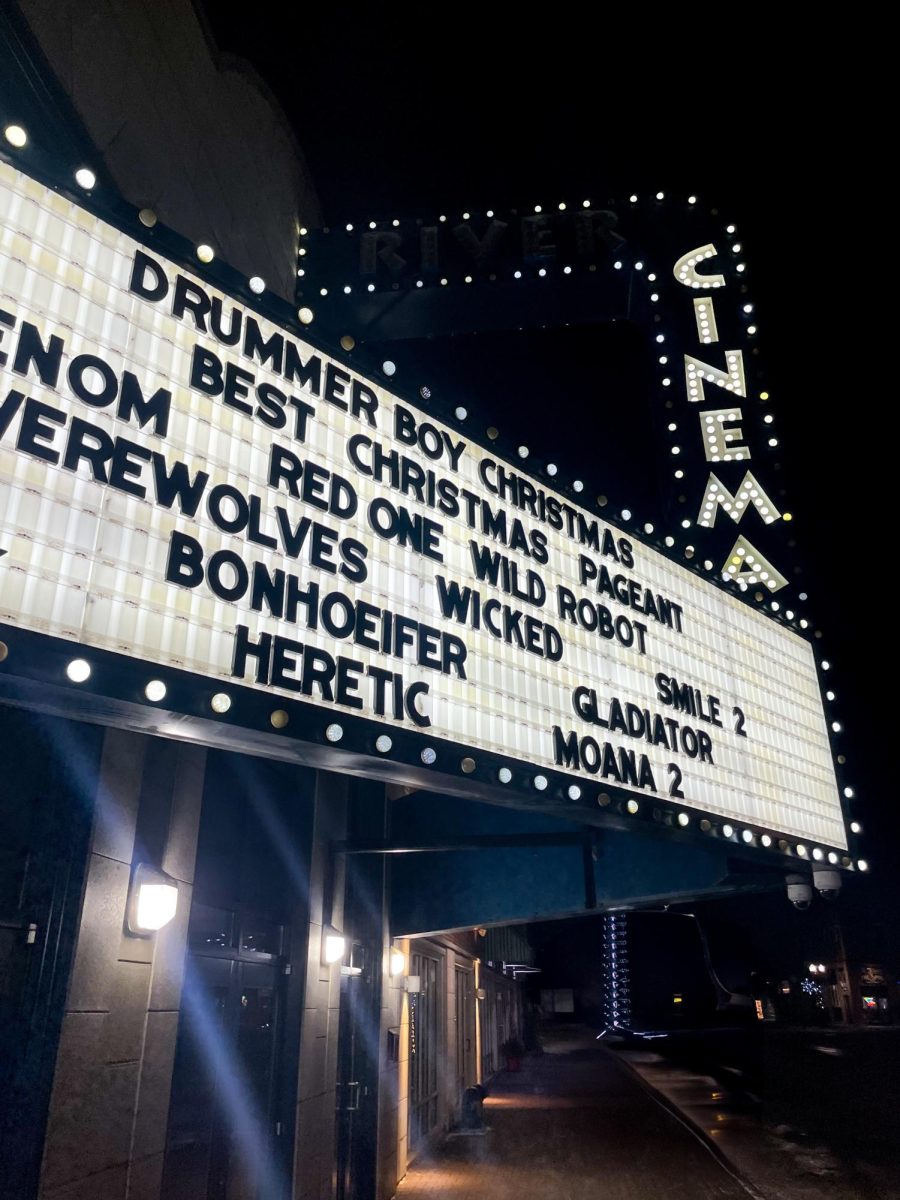A diner rests by a road well-traveled, to be more precise, it rests on 1400 11th Avenue North of our humble Grand Forks. A white sign with the words “Darcy’s Café” in red and black calls to weary travelers, hungry families, and locals alike. The small establishment contains, not only the best cinnamon roll pancakes you can get, but a long tradition of diners that sprawl across the American landscape.
Diners have, since their very conception, been a defining image of the “melting pot” or, if you prefer, the “salad bowl” of America. According to a BBC interview with Richard Gutman, the author of “American Diner Then and Now,” it was noted that, “[Diners] were built by Italian tile-setters and marble-workers, by German sheet metal workers, and French-Canadian carpenters. It was [the mixture of] these different cultures to produce a building that is uniquely American” (2011).
Indeed, Darcy’s Café feels “uniquely American” with red and white walls, football softly playing on the back television, and heaping portions of caloric comfort foods. It echoes the beginnings of all diners, a refuge for working-class Americans in want of cheap, hot, homemade meals. In that spirit, Darcy’s website neatly lists their low prices next to pictures of their dinner plate-sized pancakes, omelets, and sandwiches. Now it even offers pickup orders for those of us too busy to sit down for breakfast.
Another feature of the quintessential diner is that it falls into that category of what sociologist Ray Oldenburg called a “third place.” It is a liminal space, somewhere between work and home and somewhere where you are neither “employee” nor “family.” In this lack of definition, you are allowed to simply be. This joke illustrates that spirit exactly, “A friend of mine in Pennsylvania ate in a diner and he is in the middle of two guys. One is the chief of police and the other is just some character. The policeman looks over and says, ‘Did I not arrest you last year?’ and the guy says, ‘Yes you did – pass the ketchup” (Lane 2011).
It is hard to imagine anything that could capture that essence more so than Darcy’s Café. Sara Porter of the Grand Forks Herald interviewed the owner of the café, Michelle Hajicek, who told her, “I just want every person to feel welcome coming, and welcome when they leave as well.” Indeed, in a later interview with the Herald, she said, “I love what I do and love coming to work every day. My regular customers and staff are like family to me” (Kurtz 2017).
Becky Rand of Becky’s Diner said something similar, “Side by side at my counter sit fishermen and captains of industry, college professors and paranoid schizophrenics. They talk to each other, and they talk to those who work here. We are all family” (Stern). Diners like Darcy’s offer a second home away from home, something that could be desperately used by many burned out or lonely college students. You are only a couple minutes away from the best pancakes of your life or as Darcy’s motto says, pancakes “better than your grandma’s and as good as your mom’s.”
Citations:
Darcy’s cafe is no minor diner. (2017, November 16). Grand Forks Herald. https://www.grandforksherald.com/newsmd/darcys-cafe-is-no-minor-diner
Five questions for Michelle Hajicek of Darcy’s cafe. (2019, July 15). Grand Forks Herald. https://www.grandforksherald.com/business/five-questions-for-michelle-hajicek-of-darcys-cafe
Nast, C. (2016, June 29). The secret history of the All-American diner. Epicurious. https://www.epicurious.com/expert-advice/history-of-the-american-diner-michael-stern-article
Lane, Megan. “Why the Diner is the Ultimate Symbol of America.” BBC News, 29 Nov. 2011, www.bbc.com/news/magazine-15792186
Kira Symington is a Dakota Student Section Editor. She can be reached at kira.symington@und.edu.








